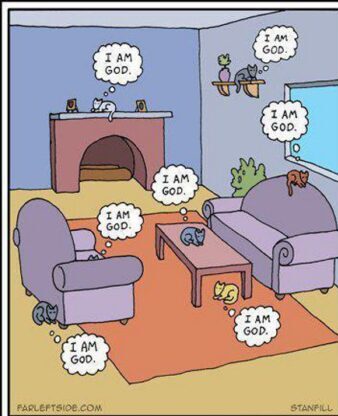Humans and cats have a long, intertwined history. With that in mind, have you ever considered the ethics of cat ownership? First of all, can you truly “own” another living creature? You can own a toy or a piece of furniture. If you consider the idea of owning an animal, does that animal really belong to you, or do you control its life for your own benefit?
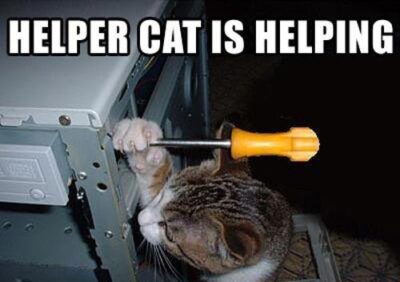
We humans have developed all sorts of ways to rationalize owning an animal as a pet. They serve as beloved companions, especially if we are alone with no family around us. They offer the practical benefit of pest control. They give us emotional support. Sometimes they seem like a member of the family. Moreover, the pets who live with us are saved the trauma of becoming a test animal for research, in which their lives are sacrificed. In such a situation, they have no defense.
Human cultures have varied perspectives on owning cats. For example, in Japan, the “maneki-neko” (beckoning cat) is considered a symbol of good luck and prosperity. In contrast, during the Middle Ages cats were often associated with witchcraft and often lost their lives due to suspicion and ignorance. In ancient Egypt they were worshipped as gods. They have run the gamut of beliefs, through no action of their own.
What Animal Activists Say
Animal rights activists have a great deal to say about the ethics of owning cats. They say the cat can suffer too much from human contact: abandonment, cruelty, or neglect are some examples. The animals are bred to be dependent, neglecting its true animal nature. Their life can be terminated at any time, sometimes for a trivial reason.
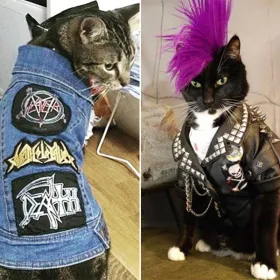
Humans declaw cats, a very painful process which removes one of the animal’s main means to defend itself. The fastidious cat is given no consideration when the litter box goes uncleaned for long periods. Often punishment is meted out to a creature who has no concept of having done something wrong.
Humans play “god” through breeding that can force the animal’s body to have a certain genetic makeup. For example, a pushed-in nose can cause discomfort and difficulty in breathing. Perhaps the animal’s stature has been manipulated, and this causes painful birthing difficulties.
The cat might be forced into confining clothing or painful leashes. Tails and ears may be docked. The animal has not asked for such bodily changes.
Control Of Vulnerable Groups
A pet can symbolically reinforce the notion that vulnerable groups can be owned and fully controlled. There can be a link between pet abuse and the abuse of children and women in a domestic setting.
Is it morally right to own a pet that can’t voice consent? One debate revolves around the idea of keeping an animal confined indoors versus allowing it to roam freely. Also ask yourself: Does your pet receive a tiny sliver of attention in return for devoting its life to us, often not by choice?
We can’t just release them — they have been conditioned to be dependent on us for survival. If we have chosen to own a pet, we have a duty to serve, protect, and take care of them. They need a loving and caring guardian.
Animal Welfare: The Responsibilities of Cat Owners
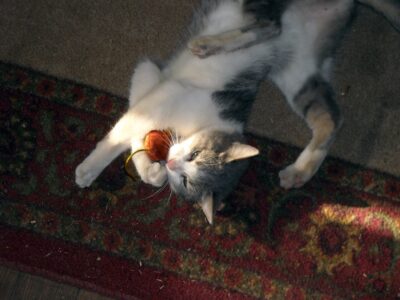
Owning a cat comes with responsibilities that directly impact their welfare. Providing proper care is paramount. This includes a balanced diet, regular veterinary check-ups, and a safe living environment. Ensuring your cat’s mental and physical stimulation through toys and interaction is also crucial. Simple tricks like rotating their toys can make a big difference.
There are many misconceptions about cat care. For instance, some might think that cats are entirely self-sufficient and don’t need much attention. This couldn’t be farther from the truth. Just like dogs, cats need affection, playtime, and regular health monitoring.
Neglect or abuse has severe consequences for cats. Behavioral issues like aggression or excessive hiding can arise from a lack of attention or mistreatment. Health problems, such as obesity or dental disease, are often a sign of inadequate care. Being aware of these issues and taking proactive steps to prevent them is a big part of responsible cat ownership.
Environmental and Ecological Considerations
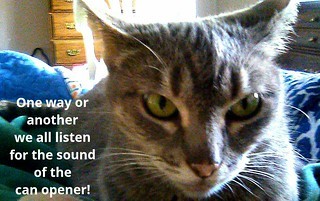
Domestic cats can have a surprising impact on local wildlife. Their hunting instincts usually kick in, even if they are well-fed. Birds, small mammals, and reptiles often fall prey to these agile hunters. This predation can disrupt local ecosystems, leading to declines in certain species and an imbalance in the environment.
Balancing cat ownership with environmental responsibility is essential. One practical approach is keeping cats indoors, which significantly reduces their impact on wildlife. If letting them outside is necessary, supervised outdoor time or secure cat enclosures offer a middle ground. These measures help protect local wildlife while allowing cats some freedom.
Innovative Solutions
You can also come up with innovative solutions to minimize the ecological impact of domestic cats. A ” cat curfew” can be implemented. Most of my cats have been allowed outside after breakfast in the morning, and they had to come in at 4:00. They got their supper at that time.
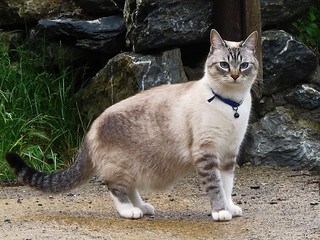
A brightly colored collar or a small bell can alert wildlife of a cat’s presence. Local efforts to manage stray and feral cats through a trap-neuter-return program can help control the number of cats impacting the environment.
My Carlos hunted off and on, and at one time I tried a little “bib” that is designed to hamper the cat’s leg movement so he couldn’t catch a bird successfully. The cat hated it. He soon found a way to remedy the problem. As the bird now could fly away from him, he discovered a nest of baby birds on the ground, and quickly dispatched them. Then, he brought one of them home to me to show that he’d outsmarted that bib. I was horrified, and took the bib off him immediately.
I think he got the message. I think he left the babies alone. Instead, he began bringing live birds home and turning them loose in the house. Then it was up to me to “herd” the creature out the door.
Alternatives and Compromises to Traditional Cat Ownership
Exploring alternatives to traditional cat ownership can provide ethical solutions for those concerned about their welfare and environmental impact. Foster programs offer a temporary home for cats, allowing you to care for them without a long-term commitment. These programs help shelters manage overcrowding and gives cats a better chance at adoption.
Ethical breeding and adoption practices are vital. Adopting from shelters or rescue organizations ensures that you are providing a home to a cat in need rather than supporting unethical breeding practices. Always choose reputable breeders if adoption isn’t an option; it’s crucial to avoid puppy mills or any breeders prioritizing profit over animal welfare.
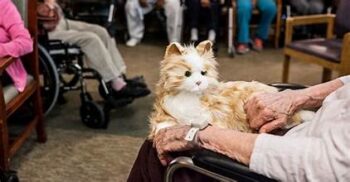
For those unable to commit to a live pet, virtual or robotic pets present intriguing alternatives. These options provide companionship without the ethical concerns related to traditional pet ownership. Advanced robotic pets can mimic the behavior and interaction of real cats, offering a unique solution for those seeking companionship.
Compromises like these ensure that you can enjoy the joys of having a pet while addressing ethical concerns. Whether fostering a cat, adopting responsibly, or exploring high-tech alternatives, there are many ways to approach cat ownership responsibly and ethically.
References I used for this post:
https://www.thecut.com/article/pet-owner-ethics-questions-guide.html
https://www.treehugger.com/arguments-for-and-against-keeping-pets-127752
https://www.vox.com/future-perfect/2023/4/11/23673393/pets-dogs-cats-animal-welfare-boredom

